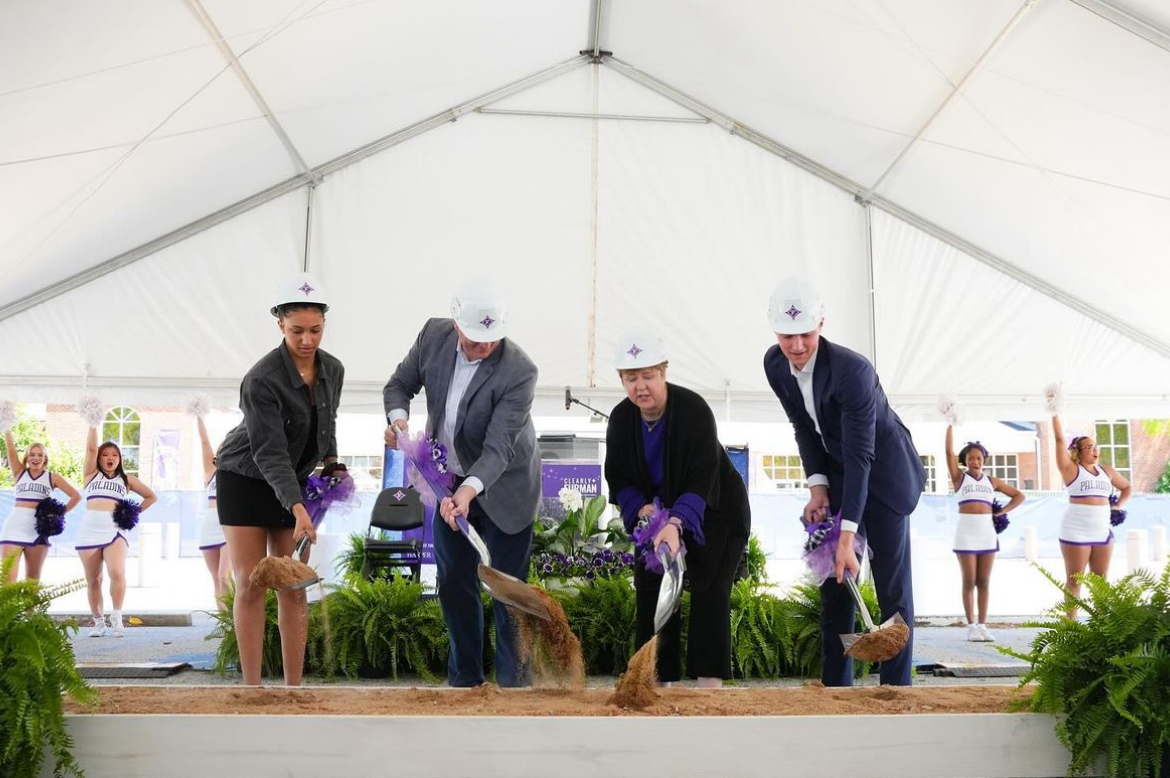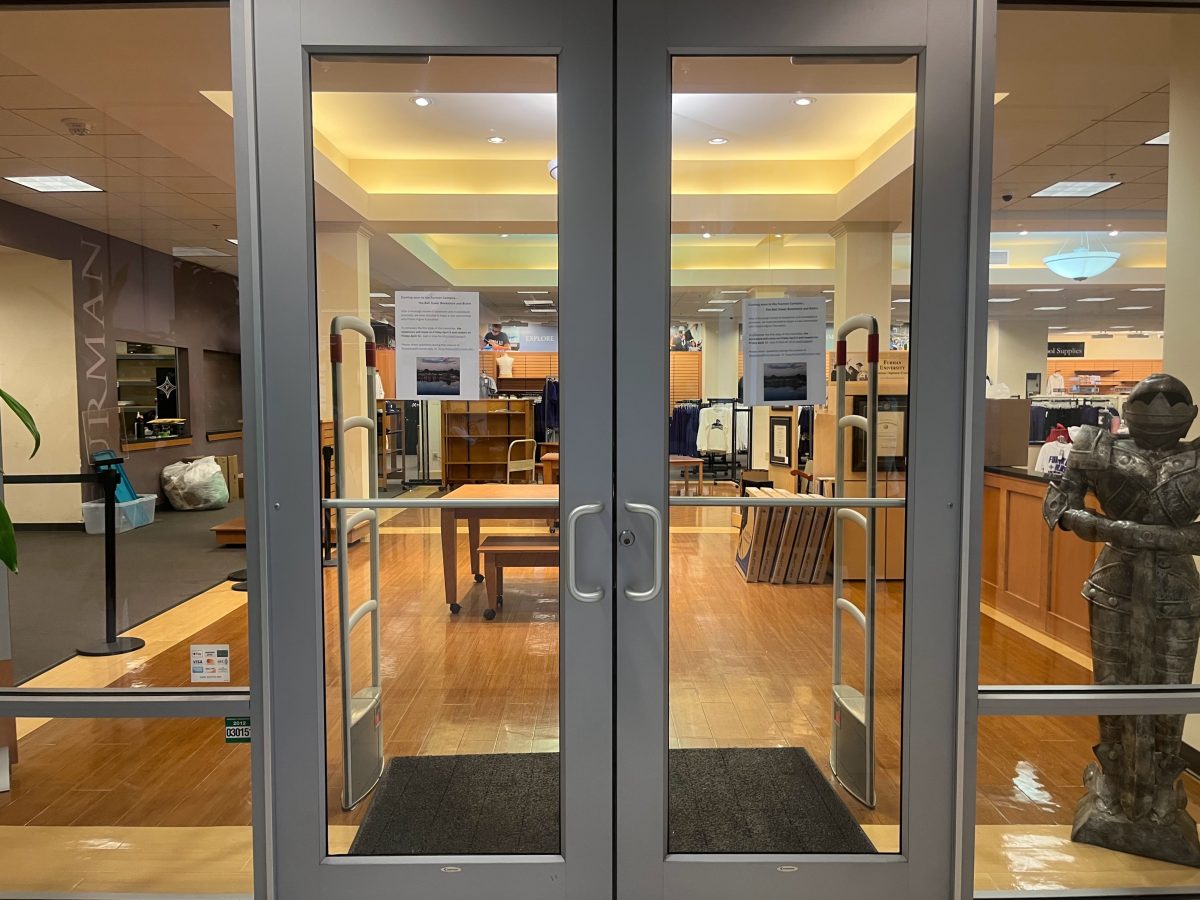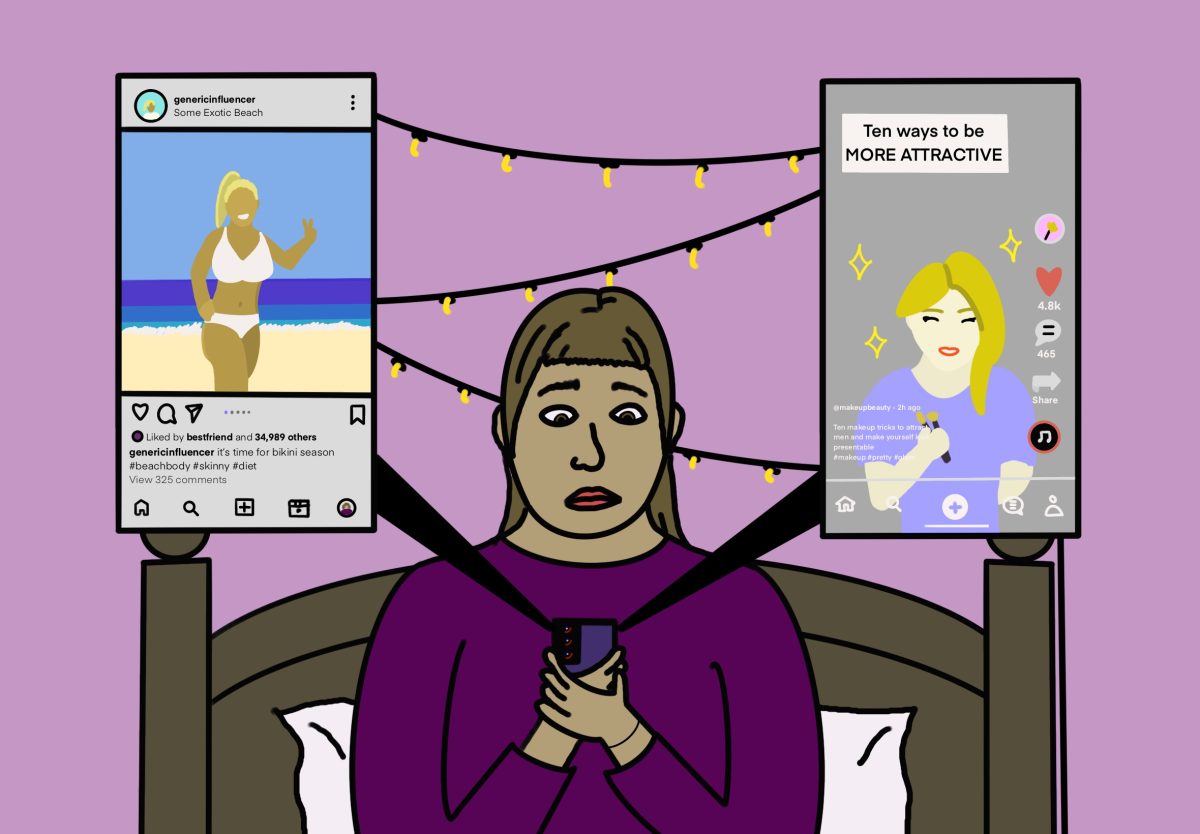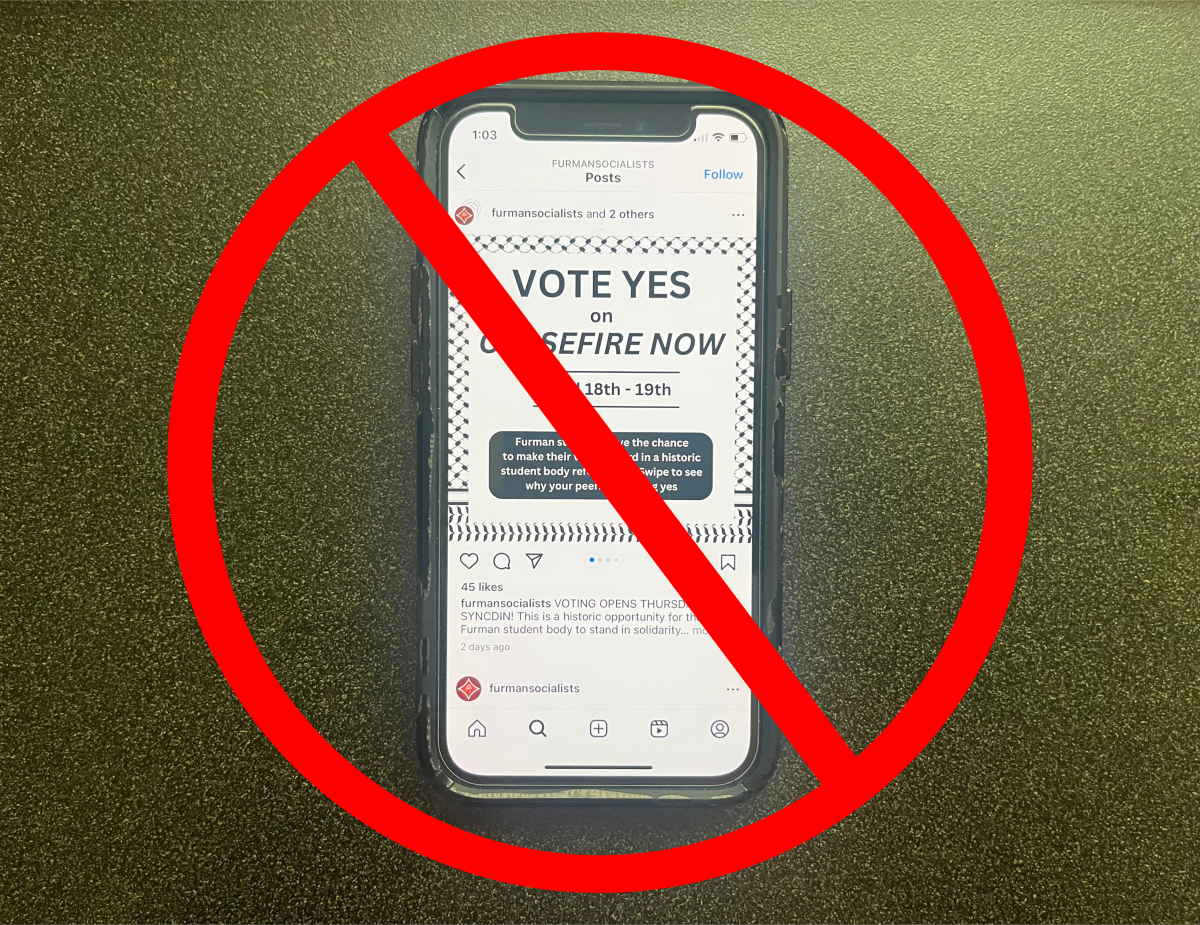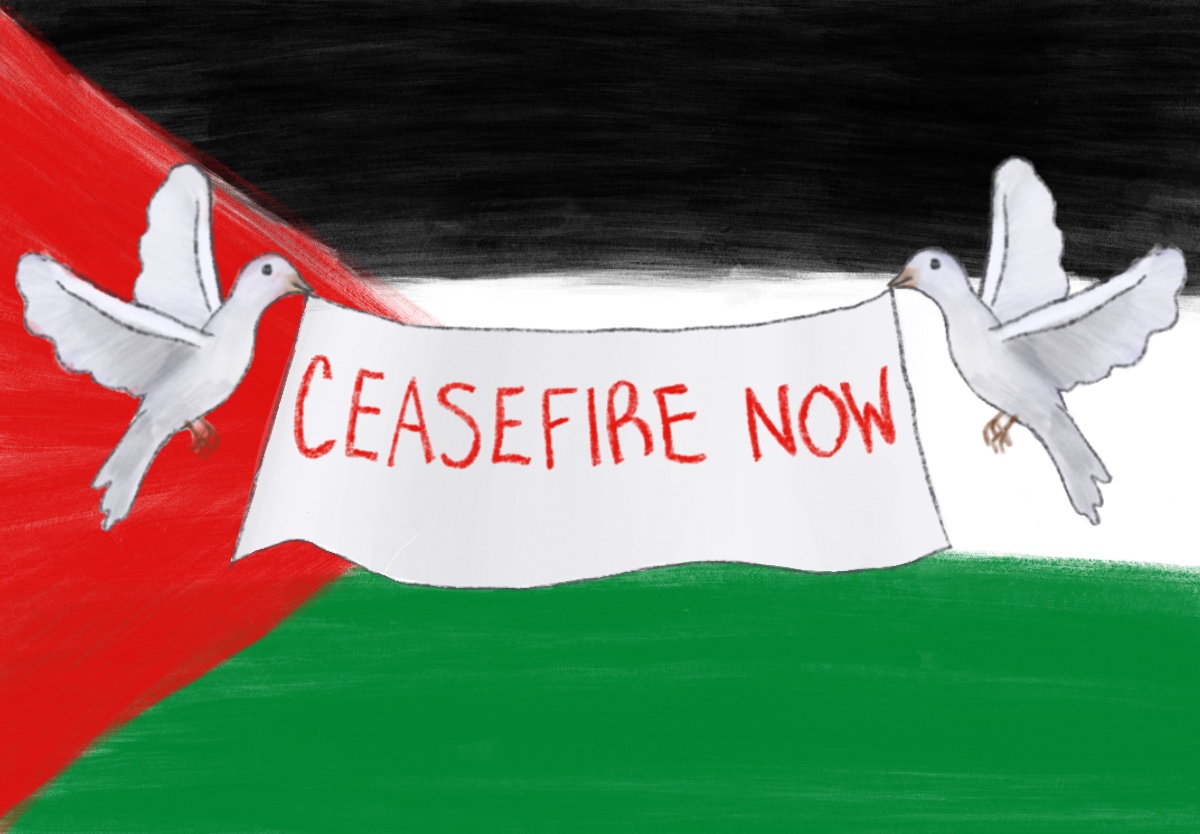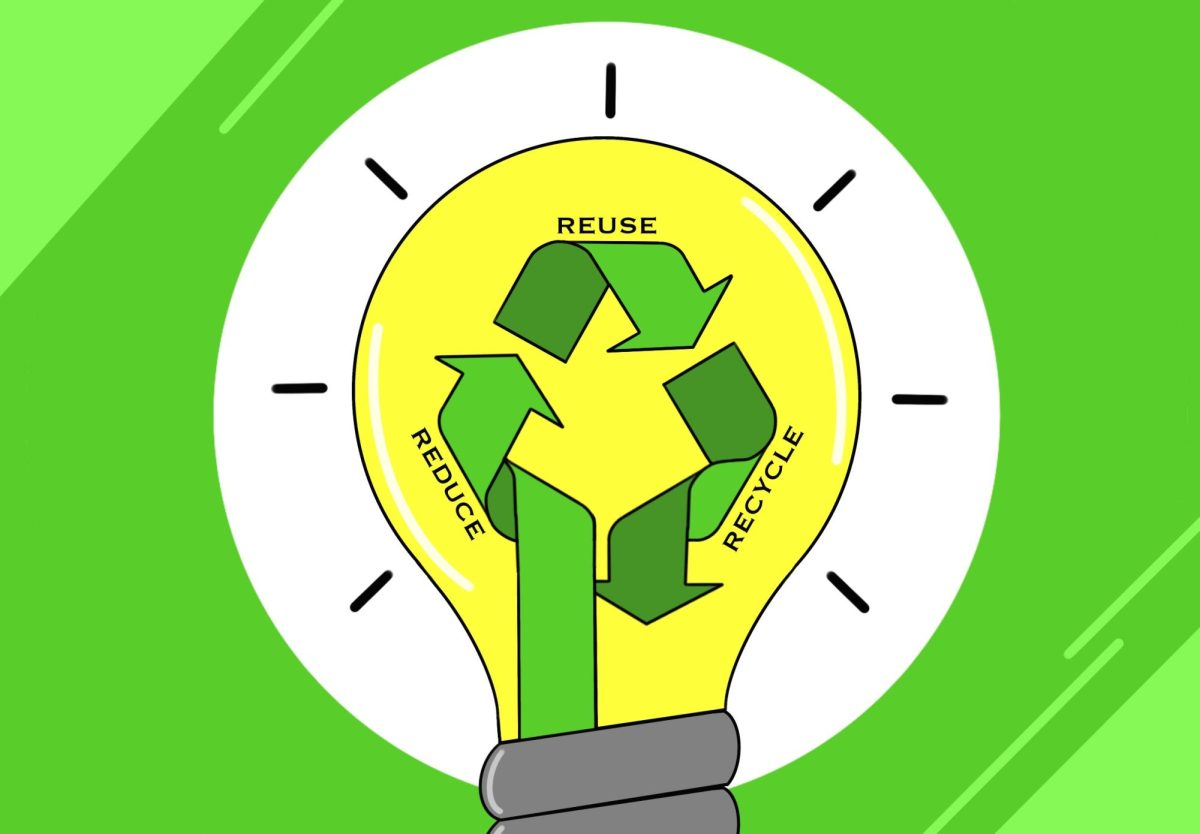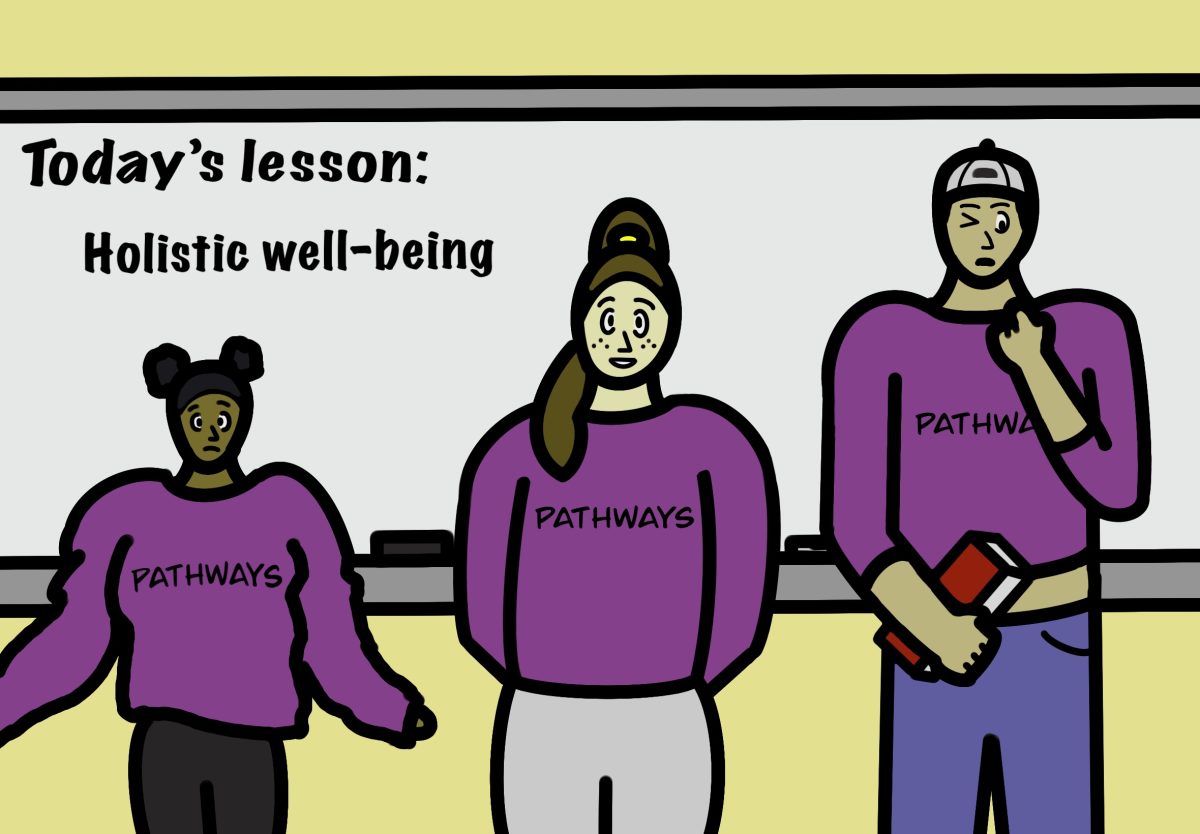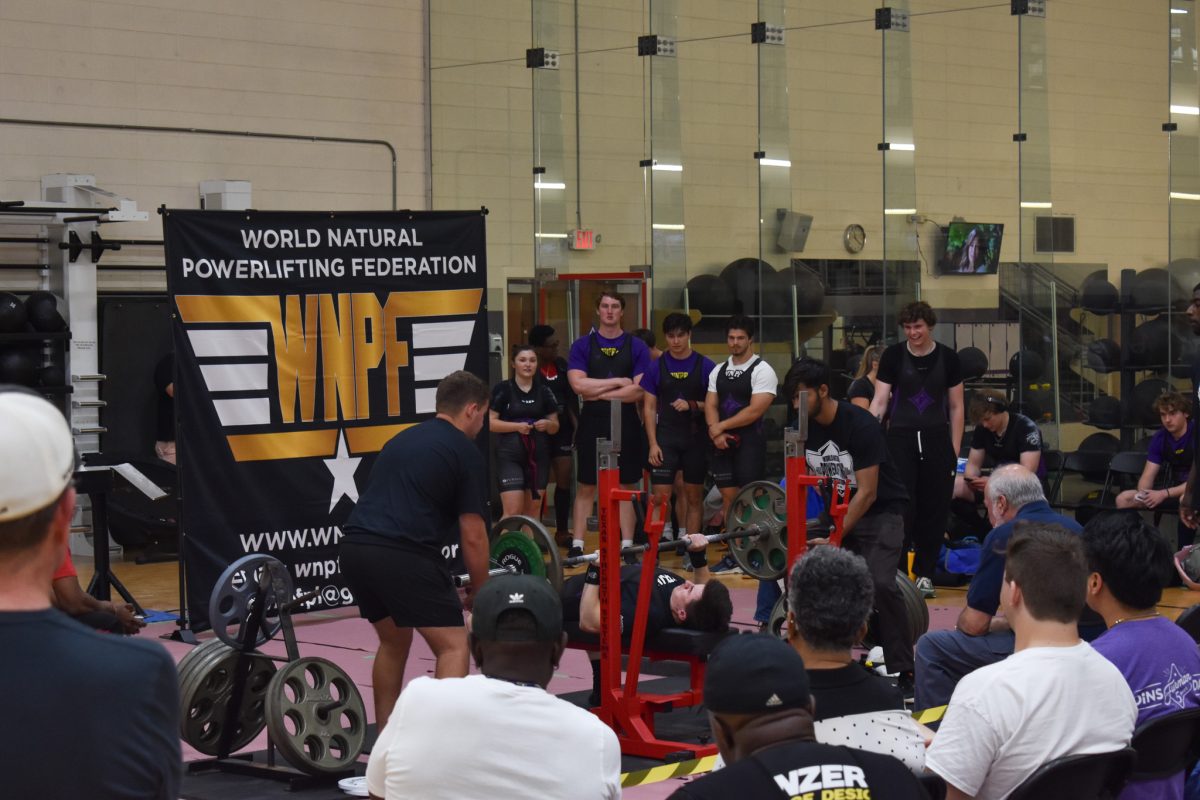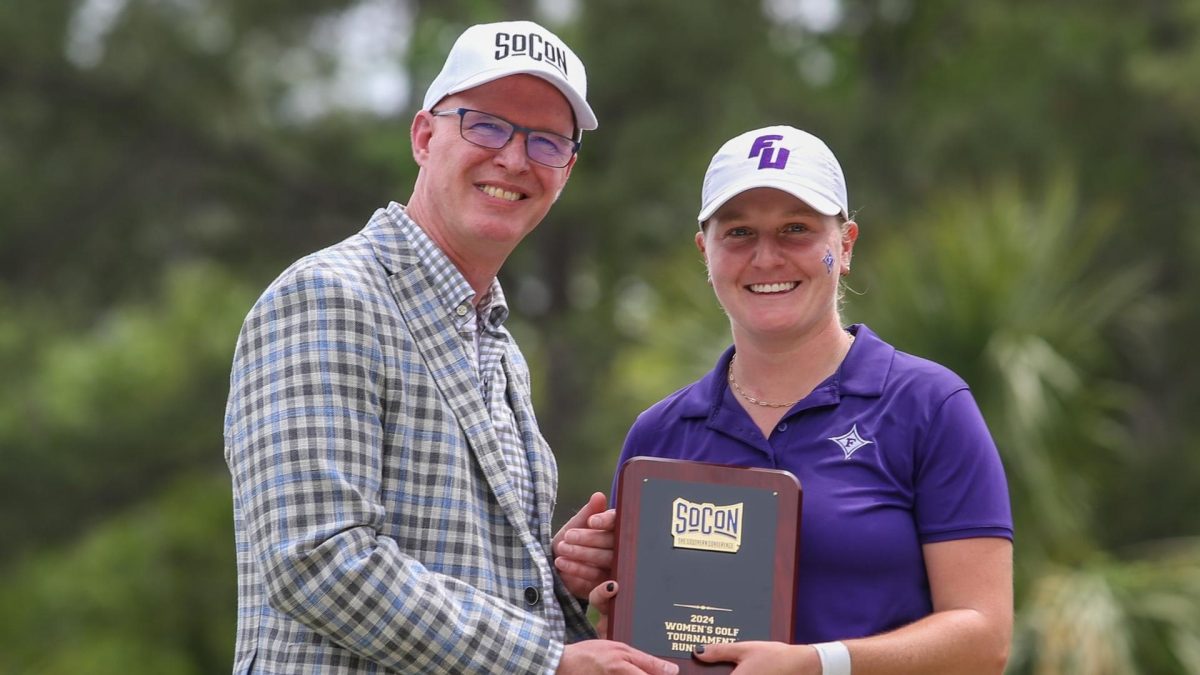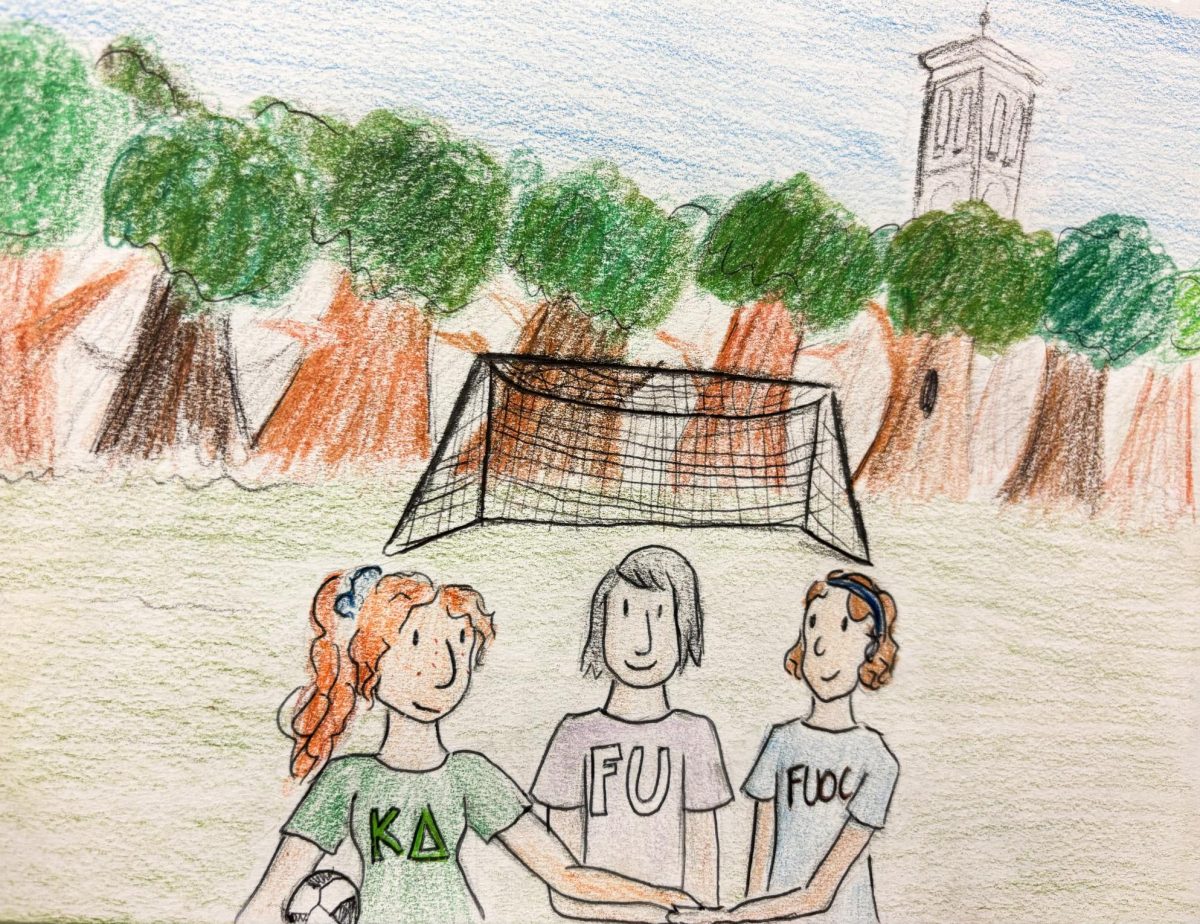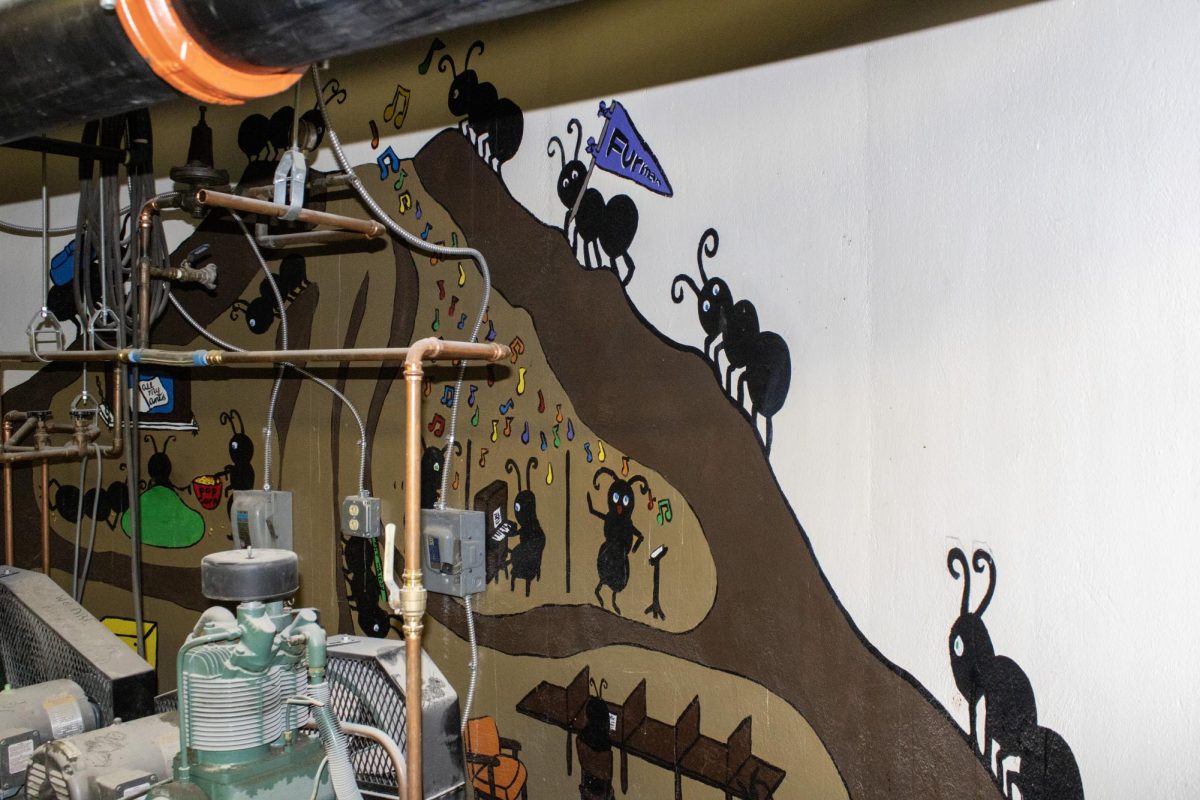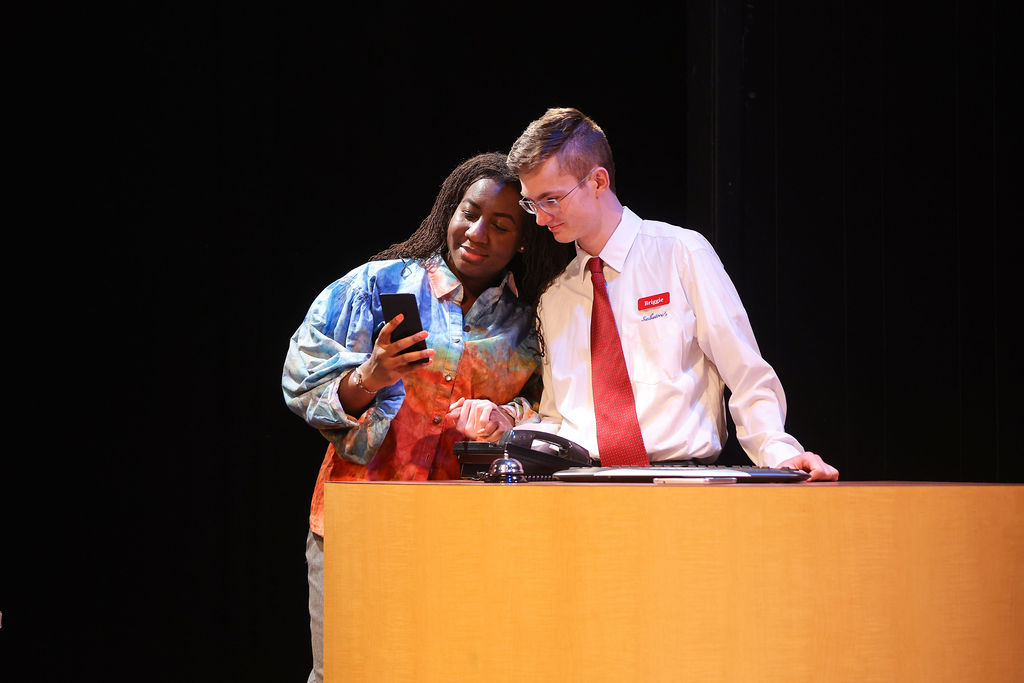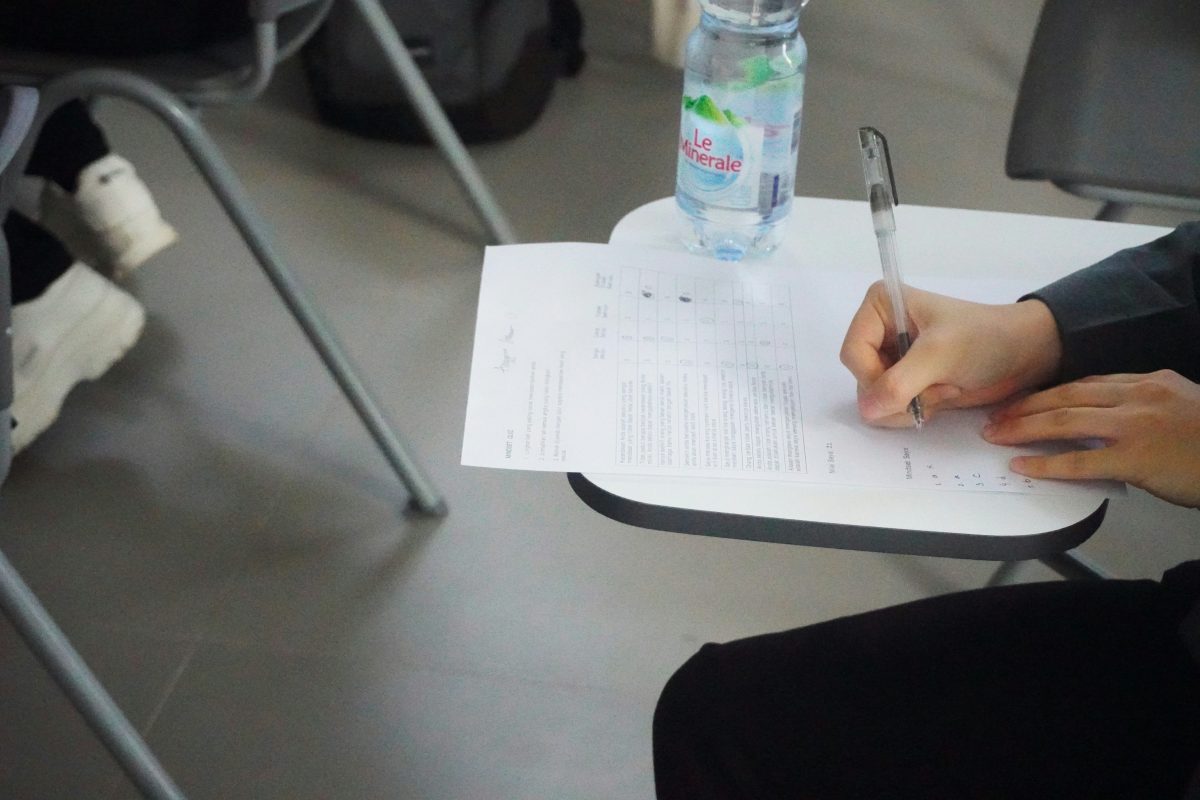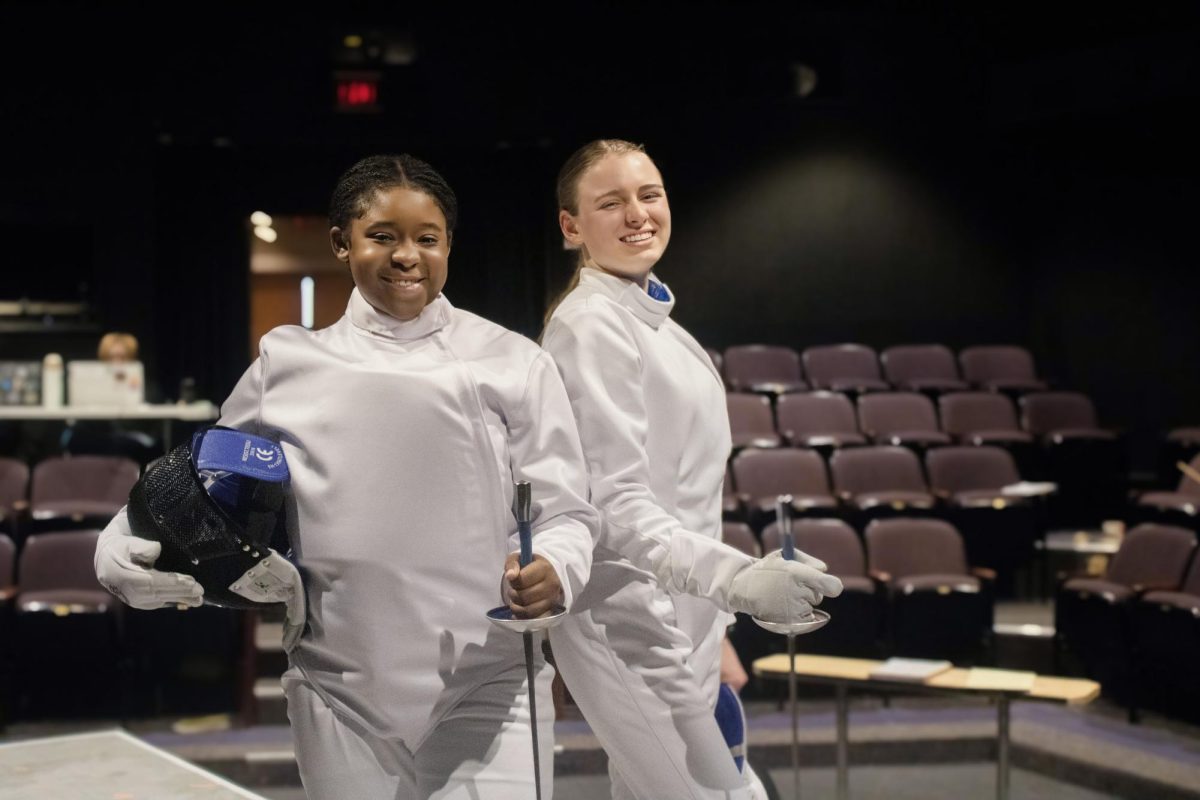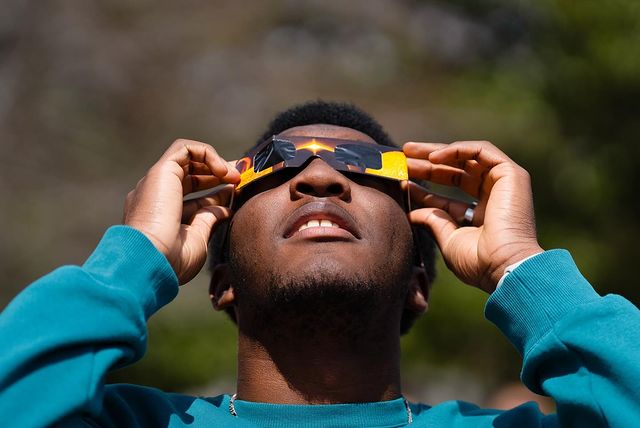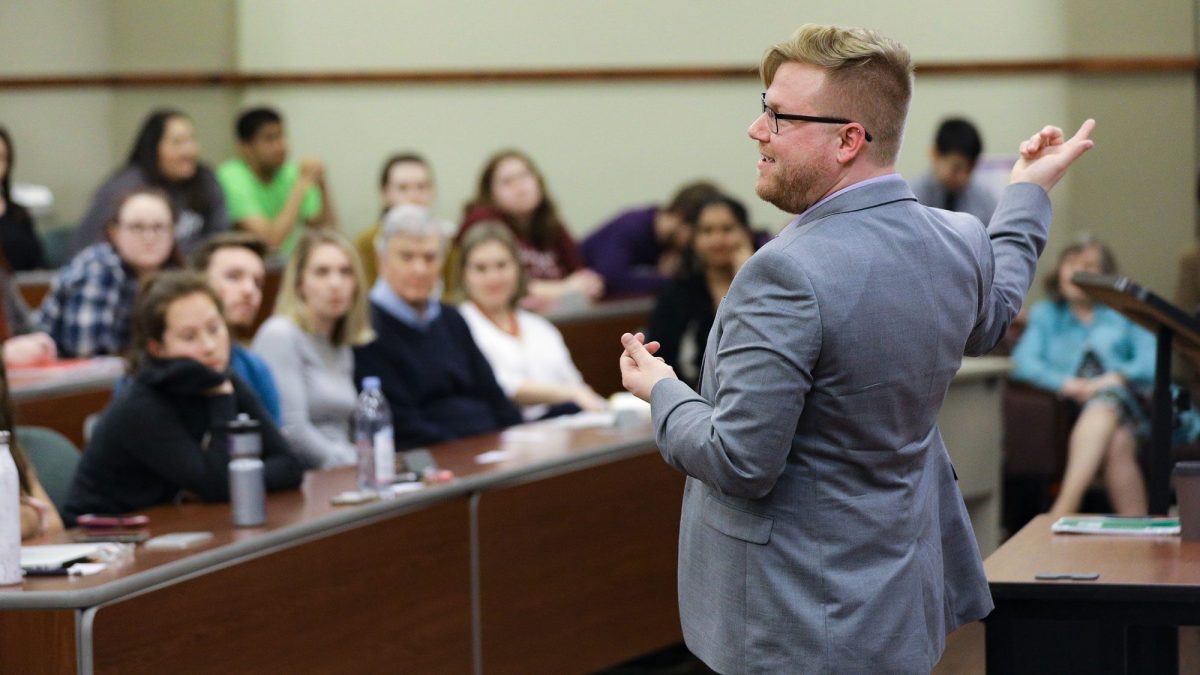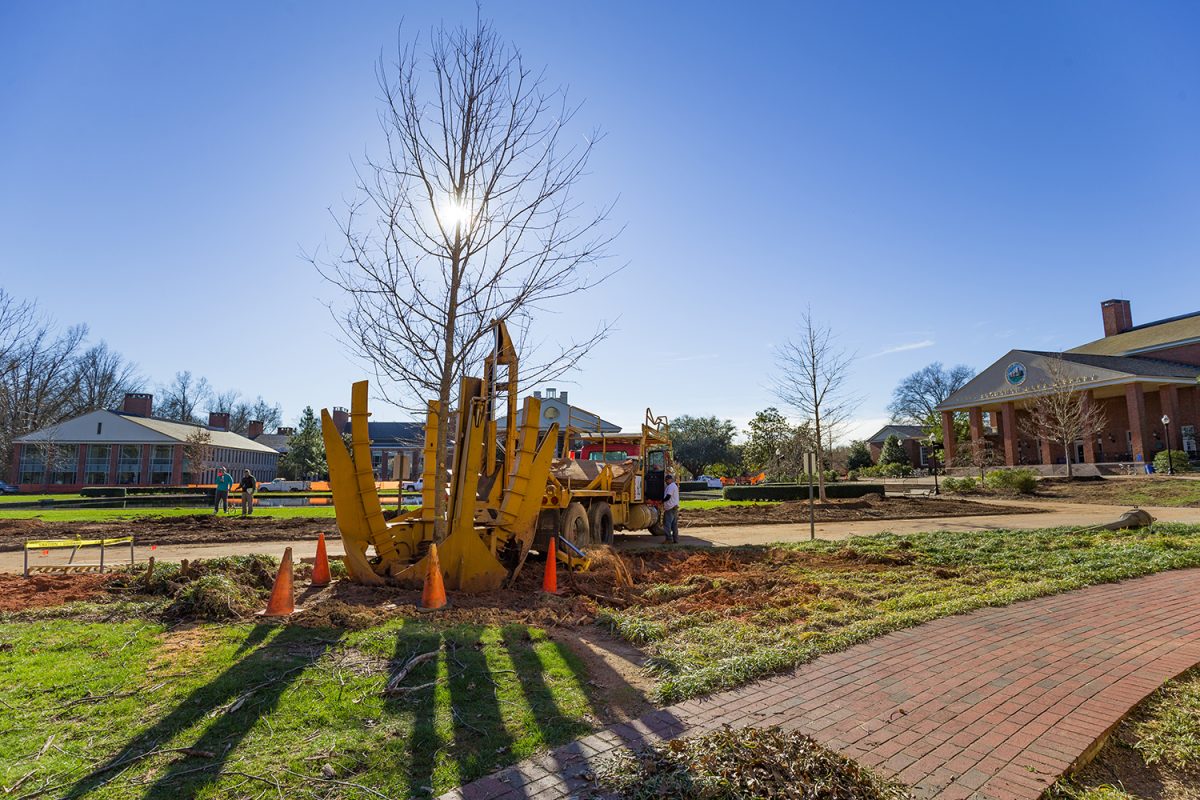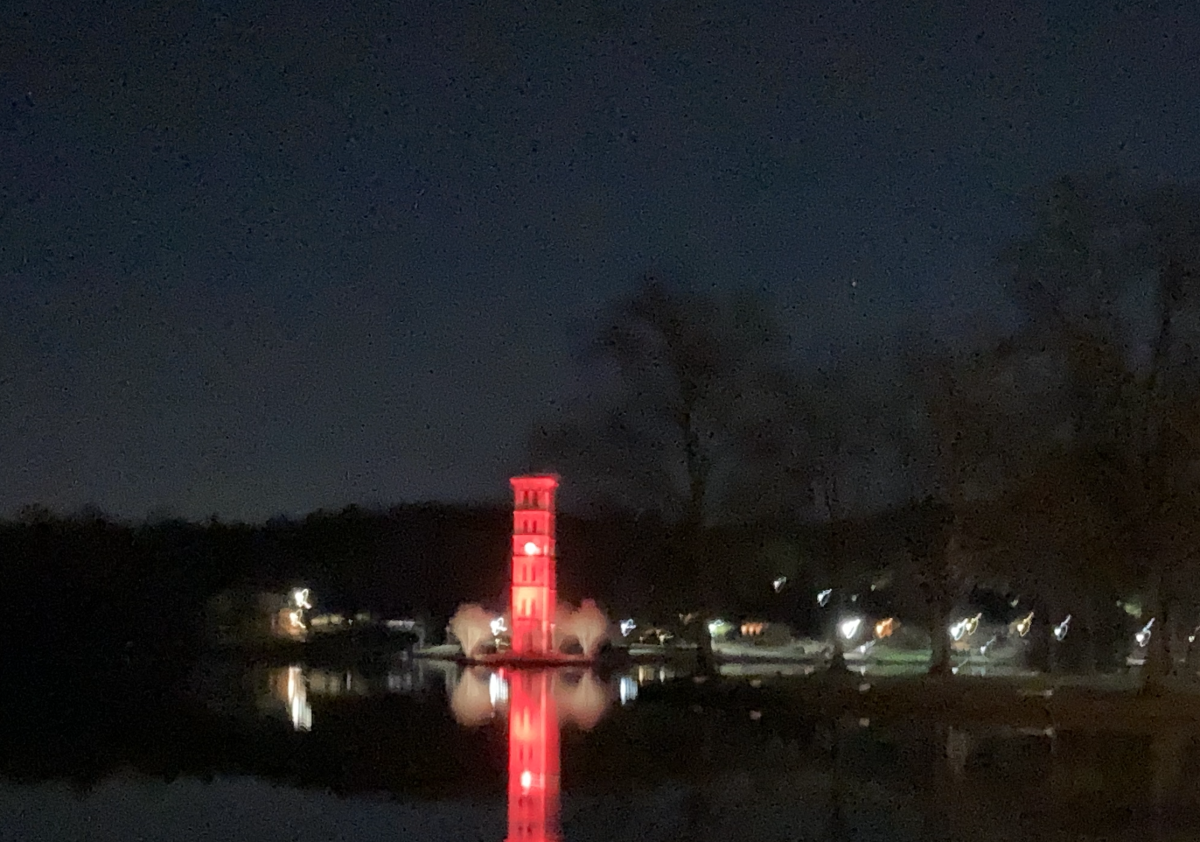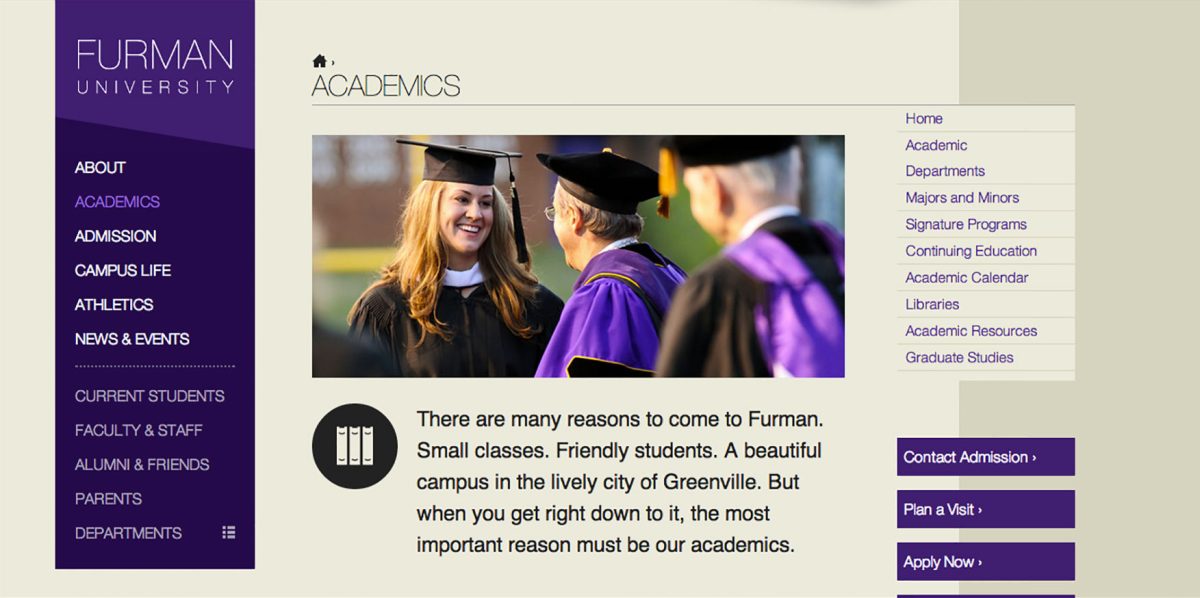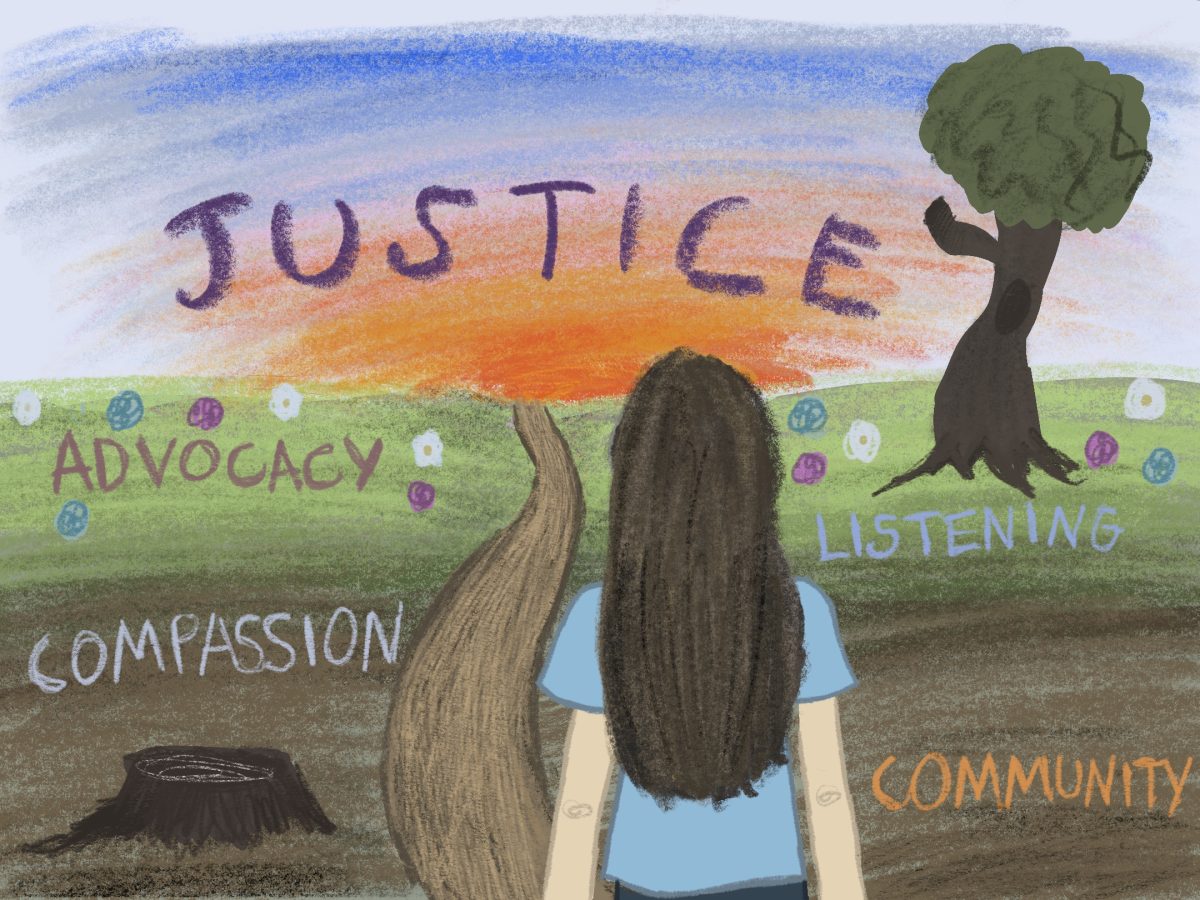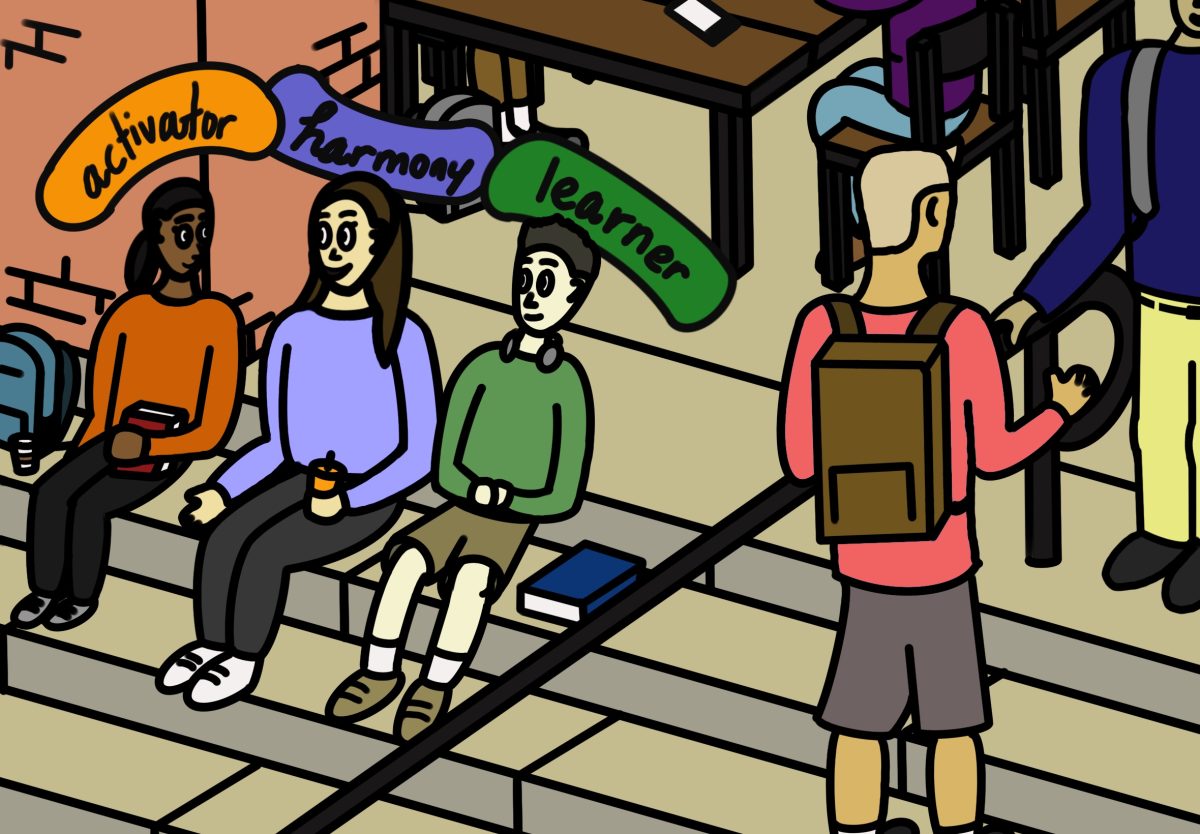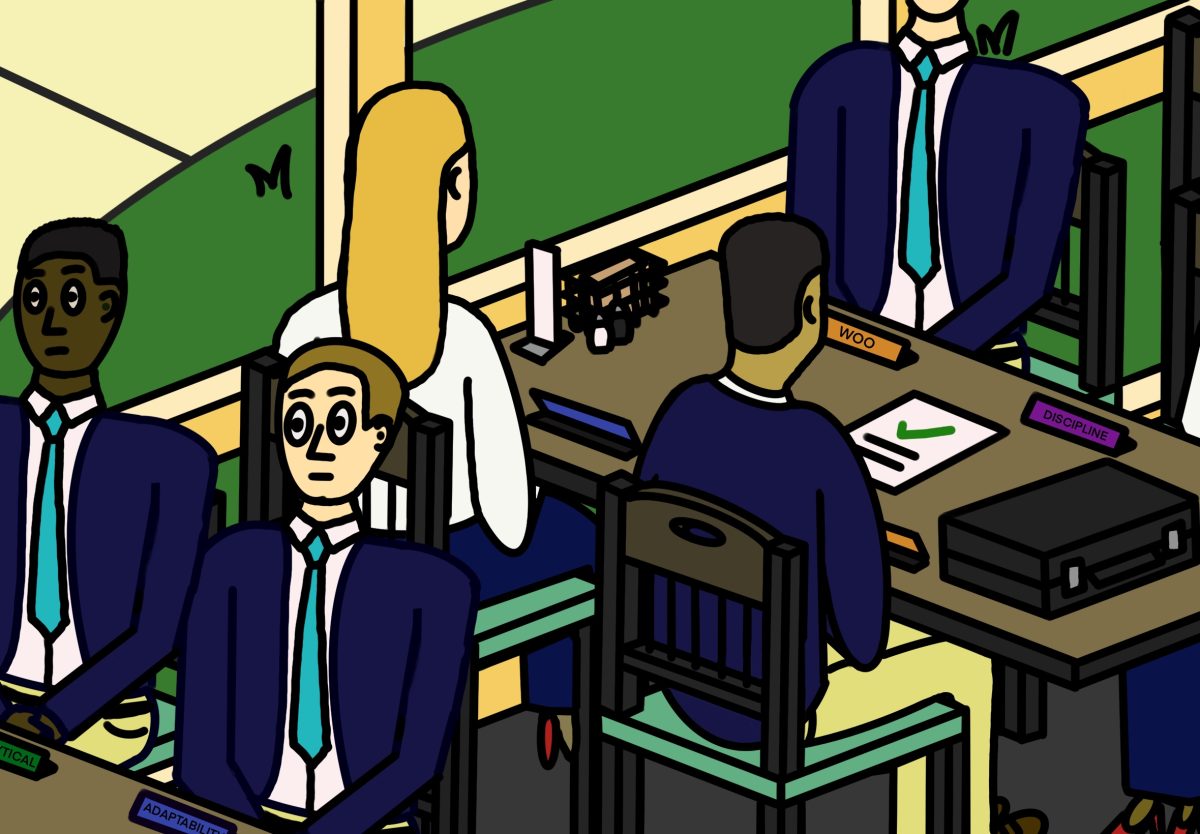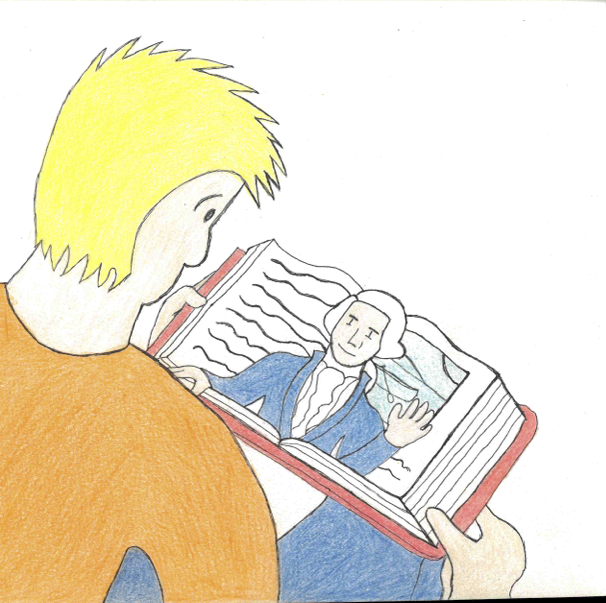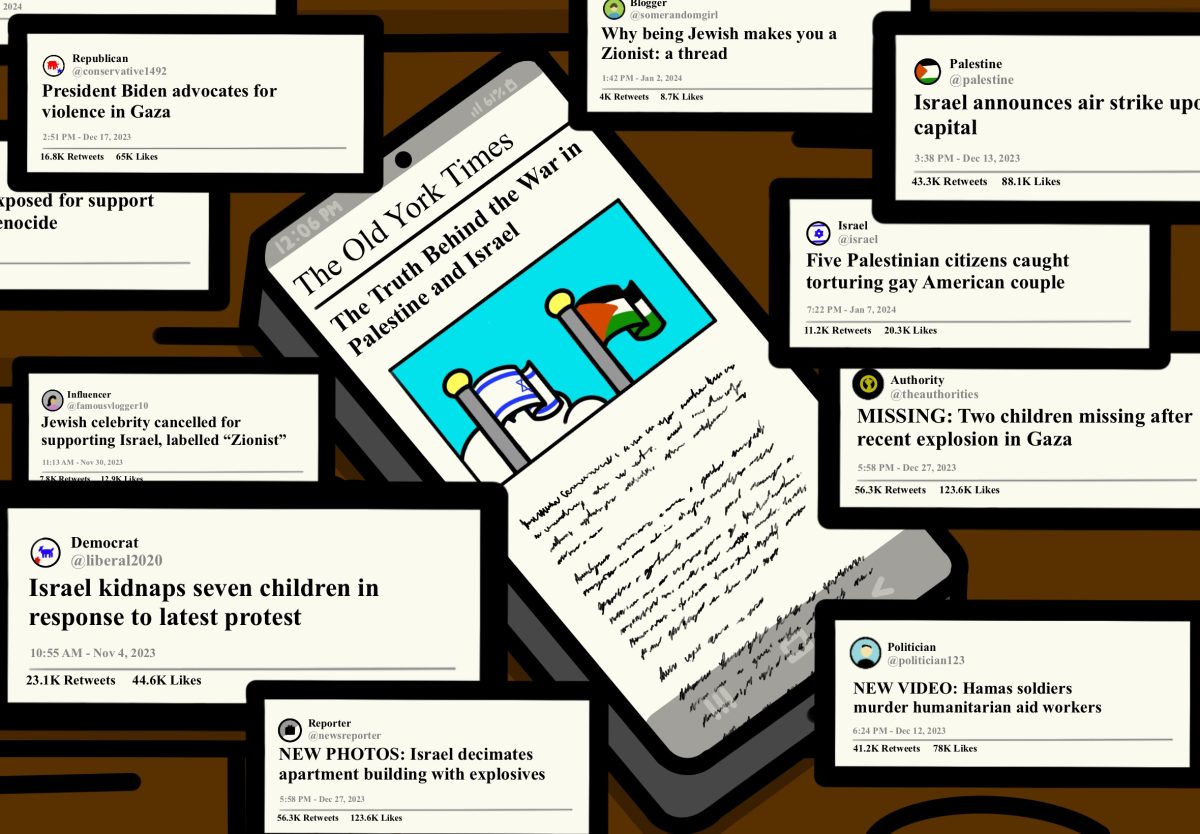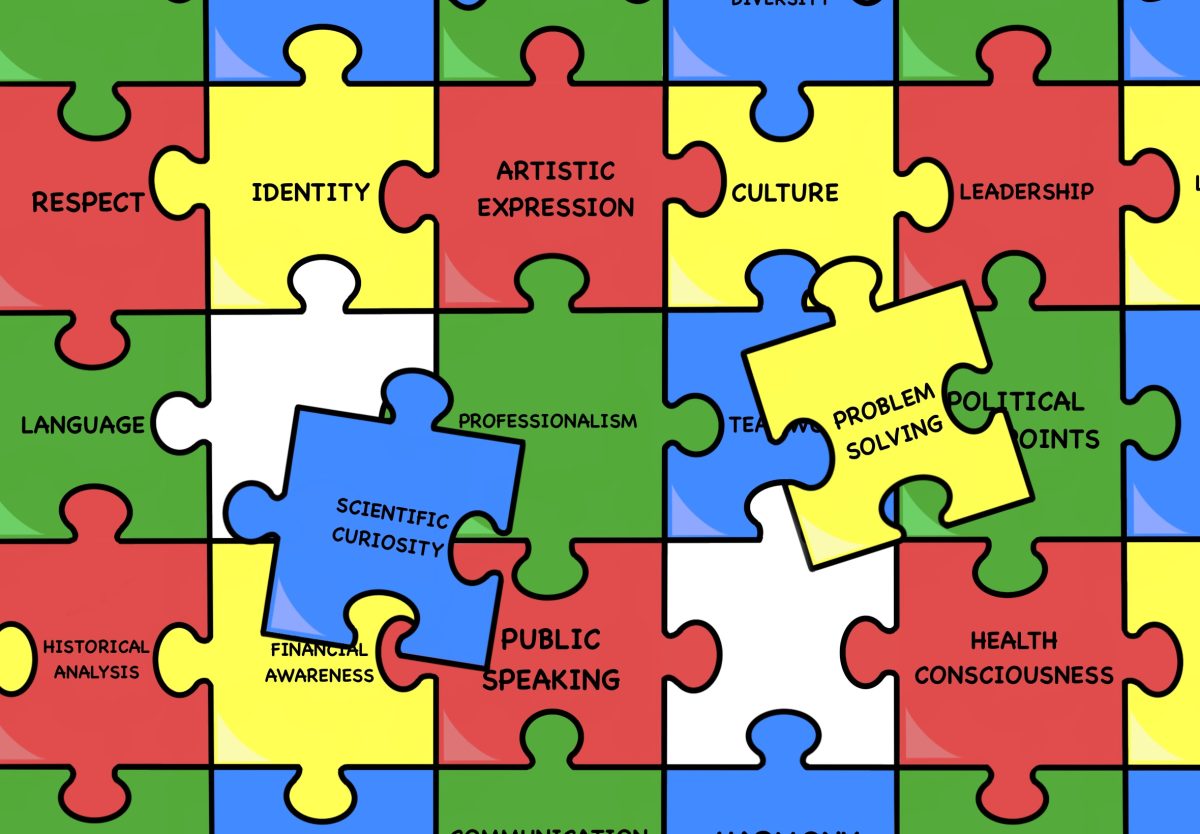This past summer, Furman’s new website officially went online, and has since received mixed reviews of the way in which it presents this university. Some claim that the new and improved interface is sleeker a presents a more coherent, more accessible, and more compelling picture of the university to prospective students. Others, most notably some members of the faculty, have criticized the website for flaws in presentation, arguing that the new website prioritizes form and appeal over depth and content.
Criticisms of Furman’s new website design follow from more than quibbles over layout, menu design, or the language. Criticisms of the new website by students and professors rise out of differences over what Furman is as an institution, and the best way to communicate that identity to prospective students and their families, alumni, and outside observers. What differentiates Furman from other institutions? While perhaps innovatively progressive in form, the new website fails to answer this question adequately.
The new academics page of the website gives a brief summary of academics at Furman, stating that ““the omnipresence of the liberal arts—where a political science major may take a graphic design course to learn to confront issues from a visual perspective—will transform you into a first-rate problem solver, one who thinks deeply, makes connections where others see only loose ends, and develops creative solutions to complex problems.” This description of the university could just as easily describe any other liberal arts college in the nation. What does it mean to “confront issues from a visual perspective”? Later, this same description mentions a “signature approach” to academics without signifying what makes Furman’s approach worthwhile, and in the corresponding subsection, describes programs like Furman’s Cultural Life program, Undergraduate Research program, and First Year Seminar program, facets of student life that while important are not unique to our institution. Further, the website offers only brief descriptions of these programs—noticeably absent are statistics that show how many students participate in these programs, or approximate quantifications of the benefits that these programs have.
The characteristics of this description of Furman’s academics are characteristic of all the descriptions offered on the website’s main pages, and are representative of choices in design. At the risk of being unduly harsh, the language of the website echo sterilized advertising copy, filled with action words, bright descriptions, memorable phrases, enticing and persuasive accounts that when examined more closely lack detailed support or explication. In attempting to say everything, it says almost nothing at all. Viewed uncharitably, the website attempts to reduce Furman to a soundbyte or instagram photo, skirting the danger of utilizing social media for the sake of social media and prioritizing relevance to the detriment of realism, nuance, and specificity.
Explaining what we should be doing right helps to generate solutions, while trumpeting what we are doing wrong does nothing but exacerbate the problem. We at the Paladin understand the difficulty of writing journalistic descriptions that offer both specific details and factual insight while delivering that information in appealing and compelling ways, and recognize that criticism is much easier than creating or communicating content. The flaws and failures of the new website are not inherent problems, but are instead symptomatic of our inability as an institution to give voice to our own identity.
Who are we, specifically? Does the new website present an accurate and representative picture of who we are as a university, and if it does, is this the picture that we want to make for ourselves? If this is not the picture we want, how would we go about creating a picture that better expresses who we are and who we want to be? To improve the website, we need to work to understand what makes Furman unique and a Furman education valuable, replacing our platitudes, clichés, and vague generalizations with specific accounts, grounded in facts and experiences. Until the Marketing Department takes these steps and addresses these critical concerns, the new website is in danger of simply selling a product, not promoting an education.

